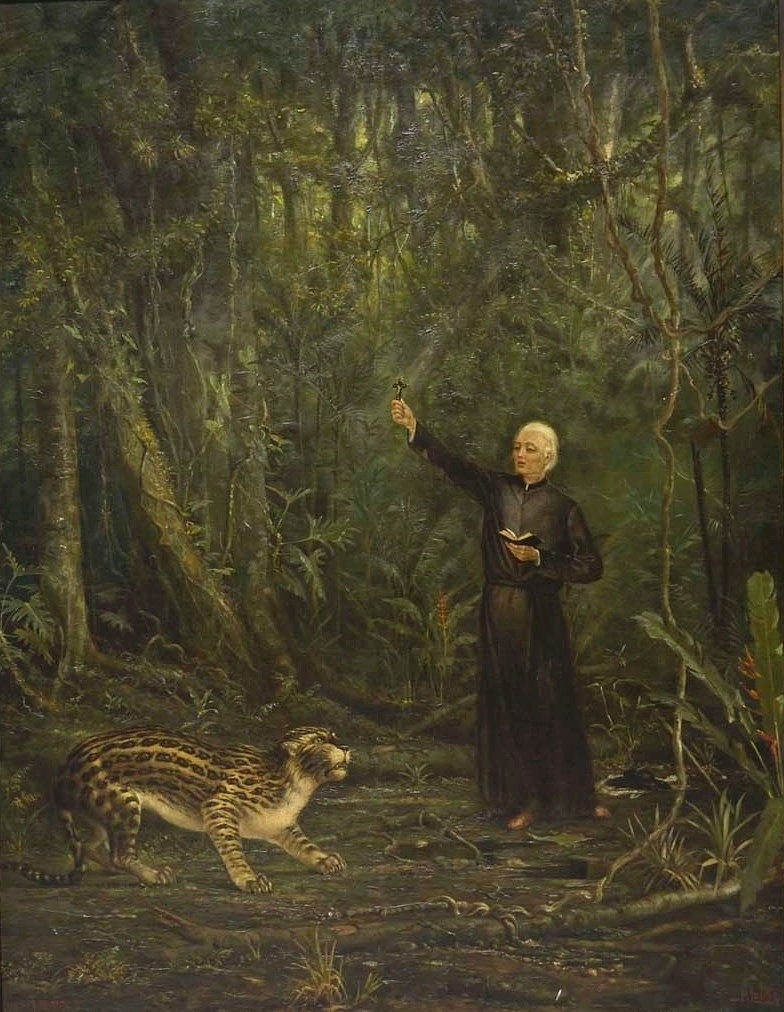ERROR : Server Busy(-1105)
ERROR : Server Busy(-1105)
ocelot (Leopardus pardalis)
Artist Benedito Calixto (1853–1927)
Português: Evangelho nas selvas
Date Unknown date
Medium oil on canvas
Source: https://commons.wikimedia.org/wiki/File:Benedito_Calixto_-_Evangelho_nas_Selvas.jpg
The ocelot or dwarf leopard (Leopardus pardalis) is a wild cat distributed extensively within South America. The ocelot is a medium-sized spotted cat. Like many wild cats, ocelots are occasionally kept as pets. |

